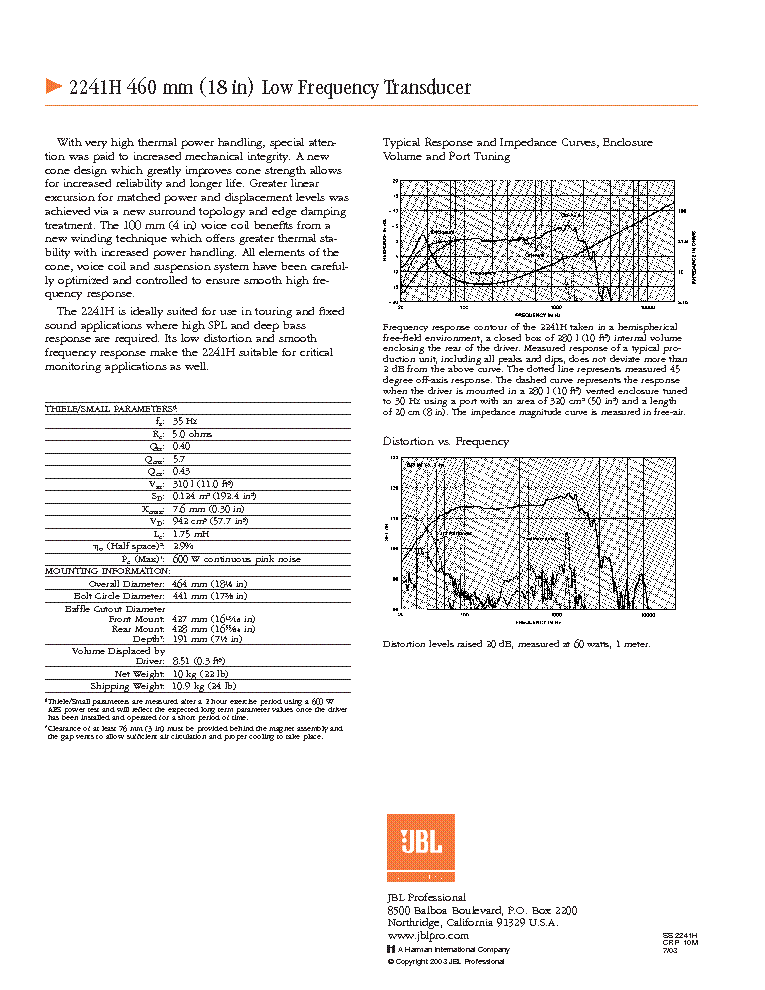
Originally Posted by
Ian Mackenzie

Hi Todd,
How did you EQ the 2241 bottom end?
Is that scale on your analyser 10 dB per division?
Can l suggest you try our REW with the Minidsp USB calibrated mic. REW is freeware and can run on Windows or Mac.
REW will significantly improve on your current analysers measurements and enable other types of measurements such as distortion, impulse response and power response measurements. Used together these other measurements provide a more meaningful indicators of how the loudspeaker is performing against your objectives. It should be pointed out that a sole on axis response measurement should not be the sole performance criteria for assessing the subjective performance of a loudspeaker.
If you read up on Floyd’s papers and presentations you will see there is a more scientific approach to assessment of loudspeakers.




 Reply With Quote
Reply With Quote




